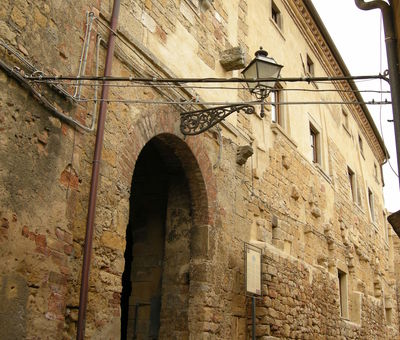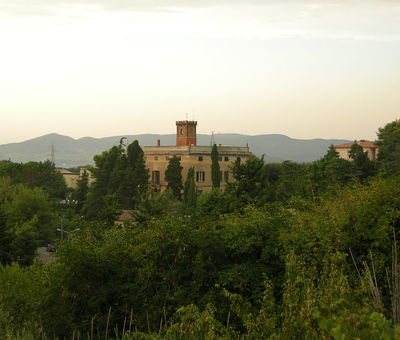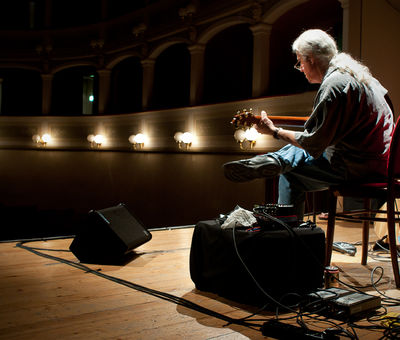The lookout point
If the Etruscans definitely inhabited this area, as well as the entire route between Volterra and Populonia, then Guardistallo owes its name to the Lombards. Around the 7th century AD they built a castle on the top of the hill where the town stands today. In Germanic, the name of the castle sounded more or less like "lookout place", or "Warte - Stall", hence Guardistallo. The history of the village developed around the castle from occupations to liberations until, on 14 August 1846, the villages of the Tuscan coast were hit by a violent earthquake that in just a few moments demolished houses, palaces, churches and towers: Guardistallo was one of the areas most affected. 70% of the houses and the highest part of the castle, of which only a few fragments of the wall remain in addition to the arch of the access door, were completely destroyed together with the church, bell tower and cemetery, all reduced to a mass of rubble.
The Marchionneschi family
It was right after the tragic earthquake of 1846 that Guardistallo radically changed its appearance and began a period of great growth and development. The presence of the Marchionneschi family were of crucial importance. With Polish origins, the Marchionneschi arrived in Tuscany from Piedmont and settled in Guardistallo. In 1877, they built a beautiful building at the entrance to the town called "Villa Elena". These were the most magnificent years for Guardistallo. In reference to these times and as a testament to the elegance of the life of its lords, Guardistallo was called "little Paris" and its locals took on the name of "Long socks".
The theater willed by the people
In 1800, the Guardistallo population felt music so strongly in their souls that they desired a theater that could host the musical performances of their own and other groups. In 1883, the future partners of the theater met with a notary to set up the theater companies and a first fundraising attempt arrived at 8000 lire. This was not enough for the construction of the theater but did lead to a tender to which Virgilio Marchionneschi gave his vital contribution once again – a payment of 16,000 lire. The theater was inaugurated on 11 August 1883 with the staging of Donizetti's “La Favorita” to wide acclaim throughout the province of Pisa. In 1920, the projection booth was built and thus it began activity as a cinema. It suffered considerable damage during the war and, also as a result of the serious deterioration of the structure, it was sold to the municipal administration. From 1981 they began a recovery plan that was completed at the end of the 80s and it reopened on 13 January 1990. Today, with approximately 180 seats, it’s a perfectly functioning theater space with excellent acoustics.







